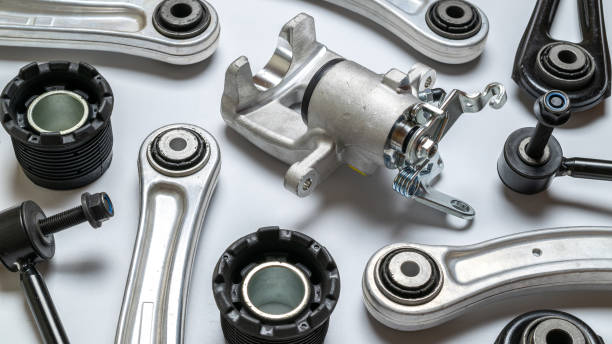Understanding Transmission Components

Transmission components are the parts that allow a vehicle to shift from one gear to another. These parts are used in car transmissions, agricultural equipment, and wind turbines. All are made up of a variety of hard and soft components that work together to provide a smooth, reliable connection between the engine and drive wheels.
The most common components of a transmission include: a shaft, an output shaft, a drum, a clutch pack, an oil pump, and a valve body. Each has its own role and purpose in the system. There are also several seals to keep the fluid from leaking out. If you notice any of these components not working properly, it is important to know how to diagnose the problem. Find more about automotive partsservices and get to understand transmission compnents.
Most transmission components are lubricated by transmission fluid. When the fluid is lubricated properly, it will help to prevent the parts from breaking. However, there are instances when the parts can break down and need to be replaced. This can be difficult, as the parts are expensive. Fortunately, you can get a list of trouble codes to help you pinpoint the problem. You can even plug test equipment into the system and retrieve the trouble code.
Using the torque converter, a car's automatic transmission can maintain a consistent level of torque while the engine is running. It is also important to keep a constant amount of fluid in the torque converter. This keeps the vehicle from stalling when it is running.
The hydraulic system is an integral part of the clutch pack. It uses a pump and a transmission fluid that is specially formulated to lubricate the components. Once the fluid is pumped in, it will activate the clutch pack and band servo.
There are many different types of seals that are used in transmissions. Some of the most commonly used are oil pan gaskets, rubber O-rings, and paper. Other seals may be made from cork or silicone. Seals are a critical part of transmission maintenance, and each is a potential leak source. You can get helpful information on how you can fix your brakes on this homepage.
A transmission is a complex system, and it can be tricky to repair. While you can purchase new components, it is better to repair the broken parts yourself. To perform a repair, you will need to take the entire transmission apart. For automatic transmissions, you will need more specialized knowledge.
In a manual transmission, the driver selects the gears that he wants to use by manipulating a gear shift lever. He also controls the motion of the shaft by controlling the lever. Various control signals are transmitted to the transmission by end plates and speed sensors. Depending on your vehicle, these end plates and speed sensors may be computer controlled. They are also connected to the transmission's valve body, which is the central control of the automatic transmission.
Automatic transmissions, also known as "smart transmissions," have an auto-diagnosis mode that will warn the driver of a transmission problem before it becomes too severe. They also have an indicator light on the dash that can alert the driver of a potential problem.
Get a general overview of the topic here:https://www.thefreedictionary.com/Brake+line.
Get a general overview of the topic here:https://www.thefreedictionary.com/Brake+line.